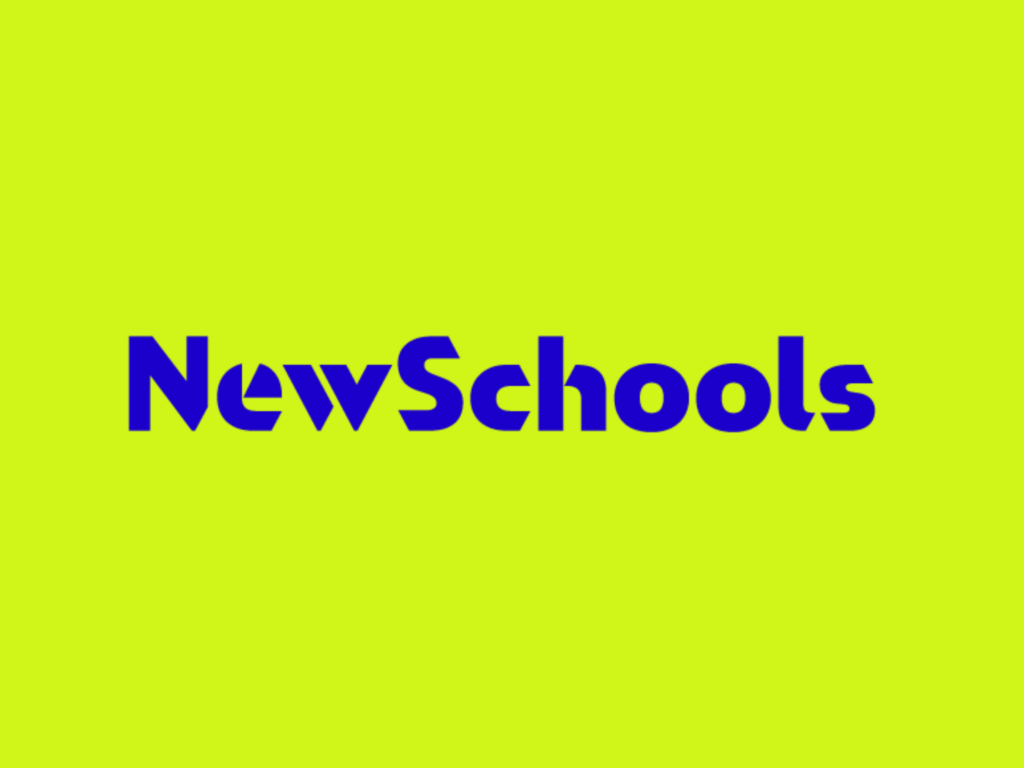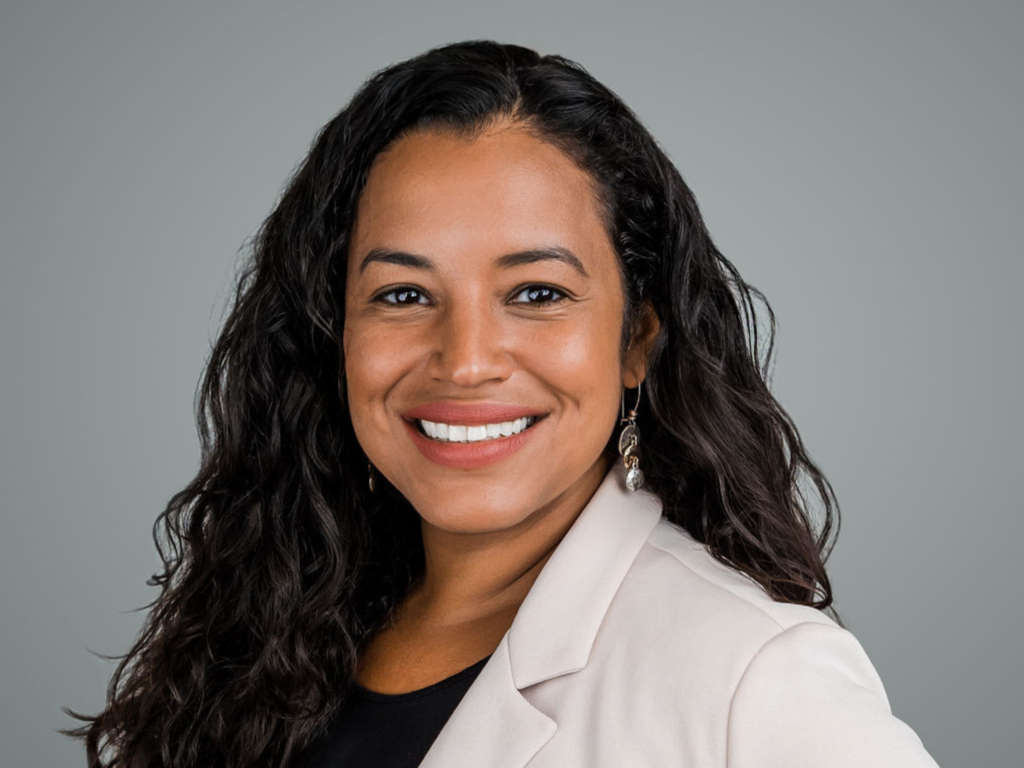Reformers are pushing for a curriculum that uses technology to prepare students for the New Economy.
When kids born in this millennial year enter high school 14 years from now, the place may well look a lot like High Tech High, a public school set to open in San Diego this September. High Tech students will enter a world that would seem utterly foreign to most of today’s high schoolers. That’s because High Tech is scrapping traditional notions of what a high school should be. Located in a former Navy training facility, it devotes less than a third of its space to traditional classrooms. Instead it has built specialized labs for the study of everything from biotechnology to computer animation and will give each student a personal workstation, much like those found in high-tech companies.
The class day at High Tech will be different than a conventional high school schedule, too. Students will work with advisers to craft customized learning plans. Instead of scrambling to 50-minute classes, they’ll have just one morning and one afternoon block, allowing them to delve deeply into interdisciplinary courses. By the time they’re juniors, they will spend much of their time out of the building on internships, perhaps learning what life is like in a high-tech company. ‘‘My aim is to make this school into a high-performance workplace,’‘ says Larry Rosenstock, who calls himself the CEO instead of the principal. High Tech may sound like a radical departure, but with its emphasis on technology, individualized course work, and depth rather than breadth, it may well prove to be a blueprint for the 21st century school.
As a tuition-free, publicly funded charter school open to students throughout San Diego, High Tech is just one of many experimental efforts under way to reinvent high school from the ground up. These efforts are being driven by educators and business leaders convinced that high school is the most dysfunctional part of our education system. They believe that it must be radically reengineered to prepare students for the New Economy, where ideas will be the basic currency and technology will be fundamental to almost all tasks.
Reformers are rethinking everything from the sprawling size of today’s high schools to basic curriculum. ‘‘We need a whole new paradigm for high school,’‘ says Education Secretary Richard W. Riley. Most students entering high school this fall will march through mile-wide, inch-deep survey courses—just as their parents did. Although many high schools, especially in affluent suburbs, do a good job of preparing the best and brightest for college, the system is failing many more. ‘‘The high school we all knew and loved in the ’50s simply doesn’t work for a large number of today’s kids,’‘ says Tony Wagner, co-director of the Change Leadership Group at Harvard’s Graduate School of Education. Wagner says that ‘‘fully 50% of graduates leave high school completely unprepared for further learning.’‘
A system that leaves half its students behind may have been sufficient for the Industrial Age, but no more. ‘‘In today’s labor market, we need 100%,’‘ argues Robert T. Jones, president and CEO of the National Alliance of Business. To prepare students for the New Economy, reformers are pushing for a curriculum that uses the Internet and technology to immerse kids in the intellectual challenges they will face after graduation. Far more time will be given to in-depth projects, where students will work in teams to solve problems. They also want schools that are smaller and more responsive to individual needs. At the same time, reformers argue, high schools must do a better job of helping students make the transition to adult life, something that will require a radical rethinking of the last year or two of high school.
Such sweeping reform won’t come easily. But by 2018—when most babies born this year will graduate—educators hope that high schools will be as unfamiliar to their parents as hip-hop would have been to Elvis. They start with the premise that today’s one-size-fits-all approach should be scrapped. While wealthy kids whose families can afford private school have plenty of choice, most poor and middle-class kids are stuck with their local school. But the growth of the school-choice movement means that parents and students in large districts increasingly will be able to choose among several high schools.
One way to achieve choice is through charter schools, which are publicly funded but run independently, like High Tech High. Within 15 years, as many as 20% of high schools might be charters, many of which will be run by for-profit companies like Edison Schools. In turn, that will prompt large districts to offer a far greater variety of schools. The Apple Valley/Rosemount/Egan School District in suburban Minneapolis has four traditional high schools, which try to meet the needs of all students. Each of those schools has an enrollment of 2,000. Rather than build another big school to handle rising enrollment, it has opted to open five smaller, specialized high schools. The first, the School of Environmental Studies, is on the grounds of the Minnesota Zoo and stresses environmental issues. The other four will focus on different themes.
STUDENT ‘‘FAMILIES.’‘ There’s also widespread agreement that mall-size schools, with 1,000 students or more, have failed. ‘‘They do a good job of serving the special minority,’‘ including hotshot students and athletes, says Ted Sizer, chairman of the Coalition of Essential Schools, a reform group. ‘‘But a lot of the unspecial majority tend to get lost, since nobody really knows them.’‘
Many educators now believe high schools should have no more than 600 students. That’s already the case at new, reform -minded schools: The School of Environmental Studies has just 410 students. Architect Bruce Jilk designed the school so even this small student body can be broken down into four ‘‘families’‘ of about 100 students each, where kids do most of their academic work.
Of course, it would be impossible to rebuild most large high schools along these lines. But big buildings can be broken into a series of schools-within-schools. Take Encina High School, with about 1,000 students in one of the toughest neighborhoods of Sacramento. Administrators at Encina formerly had to cope with a dozen fights a week, including knifings. But then they divided the school into five separate academies, each focused on a career cluster such as health or business, ranging from 40 to 250 students. The result: such a sharp rise in attendance and performance that the U.S. Education Dept. has put Encina on its list of model New American High Schools. In the years ahead, high schools will increasingly group students by interests and abilities, rather than just by how old they are.
To further personalize high school, reformers argue that each student should be given a mentor, most likely a teacher or administrator, who would meet with them and their parents regularly throughout high school. The aim would be to help the student craft a learning plan customized to his or her interests. For an academically gifted student, that might involve help in finding advanced ‘‘virtual courses’‘ to supplement school offerings, so the student could graduate after the sophomore year. For others, it would be far more free form. At the Providence-based Metropolitan Regional Career & Technical Center, called the Met, mentors follow the motto ‘‘one student at a time.’‘ There are no required courses, so students can develop their interests without boundaries.
What’s going on inside these smaller schools will change dramatically, too. To prepare students for the New Economy, they need a new curriculum, says the NAB’s Jones, that ‘‘gives kids more time on task, so they develop true competencies.’‘ That means scrapping today’s 50-minute classes in favor of fewer courses lasting far longer. At the New American High Schools, periods now run as long as three to four hours, allowing students time to do in-depth projects designed to foster lasting learning. Today’s discrete divisions among subjects also will give way to a far more interdisciplinary approach. At High Tech High, the curriculum is divided into three strands: math, science, and engineering; literacy and humanities; and art and design. And at the School of Environmental Studies, students spend half the day in a class that blends English, social studies, and environmental studies. ‘‘This better reflects the world they will enter,’‘ says Principal Dan Bodette. ‘‘It teaches students to make connections among a number of disciplines, and to work as a team.’‘
INTERNSHIPS. By far the biggest change will occur in the junior and senior years. This period ‘‘should be a well -thought-out transition into adulthood,’‘ says Riley. At present, many seniors spend much of their last year goofing off.
One answer would be to restructure high school along the European model, so that students complete the core curriculum by age 16, and then devote the last two years to a more specialized program to help them prepare for the future. That would include spending more time off campus, working alongside adults in carefully structured internships. Think of them as a modern variant of the traditional apprenticeship, designed to help students explore and develop career interests.
That has already happened at the Met, where students embark on internships beginning in ninth grade. One Met student who thought she wanted to be a secretary interned as one in a hospital. But once there, her horizons expanded. She became intrigued with physical therapy, wrote a pamphlet for Spanish-speaking patients, and eventually set her sights on becoming a doctor. She’s now headed for college as a pre-med student. And she’s not the only student whose sights have been raised. Although over half of the Met’s students are poor enough to qualify for a reduced-price lunch, attendance averages 95%, says Dennis Littky, the school’s co-principal, and every member of this year’s first graduating class of 47 students was accepted into college.
Graduation requirements will also change. Today’s students typically complete a prescribed regimen of courses to earn their diploma. In the future, sitting through classes will become less important than passing tests designed to measure core competencies. Instead of paper-and-pencil exams, computerized tests will give administrators just-in-time data on how students are doing. That could do away with the standard timetables. ‘‘It may take some students just two years to finish high school, while others may need five to six,’‘ predicts Gerald N. Tirozzi, executive director of the National Association of Secondary School Principals.
As computer devices proliferate, every student will also have access to the Internet anytime, anywhere. That will drive an explosion in distance learning, allowing the new smaller high schools ‘‘to offer whatever classes students need, from Chinese to advanced physics,’‘ predicts Christopher I. Cross, president of the Council for Basic Education. It will also allow students to do far more learning at home. Meanwhile, the Internet will immeasurably enrich courses by allowing students to do everything from taking ‘‘virtual tours’‘ of places they are studying to forming teams of students from around the world to work on a project.
Retooling the nation’s high schools won’t be easy. ‘‘High schools are one of the most entrenched and revered institutions in their communities,’‘ warns John Chubb, chief education officer at Edison Schools, the nation’s largest operator of for-profit schools, ‘‘and for them to change radically would mean huge change for the whole community.’‘ True enough. But there’s also widespread recognition that America can no longer afford to preserve a system of learning designed for a world that has disappeared.

